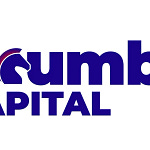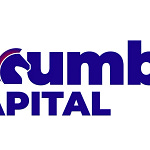I have been fascinated by the US shale oil and gas industry for years now. It is almost a perfect example of the US economic model. First, a new technology is invented, and then secondly there is a huge rush of capital and participants all seeking to grow as fast as possible (land grab), and then there is the fall out as prices crash, and eventual consolidation. But even today, as the industry has consolidated, I still struggle to understand the economics of shale. I am using the EIA Drilling Productivity Report which gives details on shale drilling in the US. The economics of one well is easy to understand. A well is “fracked” and the trapped natural gas and oil can then rise to the surface. Unlike a conventional well that might produce hydrocarbons over 20 years before declining, shale wells go into decline very soon after being drilled. As a rule of thumb, half of the hydrocarbons are produced in the first year. The EIA Productivity Report shows this by separating out “new well” production (ie just drillled wells), and legacy decline (the fall in production that are not new wells). Here are the exact definitions:
So what this means is that for the “industry” to grow production, you need be adding new production at a faster rate than old wells are declining. And of course, as you add more new production, the decline will be even larger than before, requiring even more wells and so on and so forth. It seemed to me shale drilling was like trying to run a marathon but where you needed to have a faster pace every mile. Sure you can do it, but why would you?
One of the upshot’s of this sprint/marathoning of shale drillers, is that the industry has an almost insatiable need for land to drill new wells. This has meant that drillers have put most of the capital they raise, and the profits from drilling back into acquiring land. It has been much better to be a land owner than a driller, and there are very large oil and gas private equity firms that have focused on acquiring land and wells to then on sell to listed shale producers.












